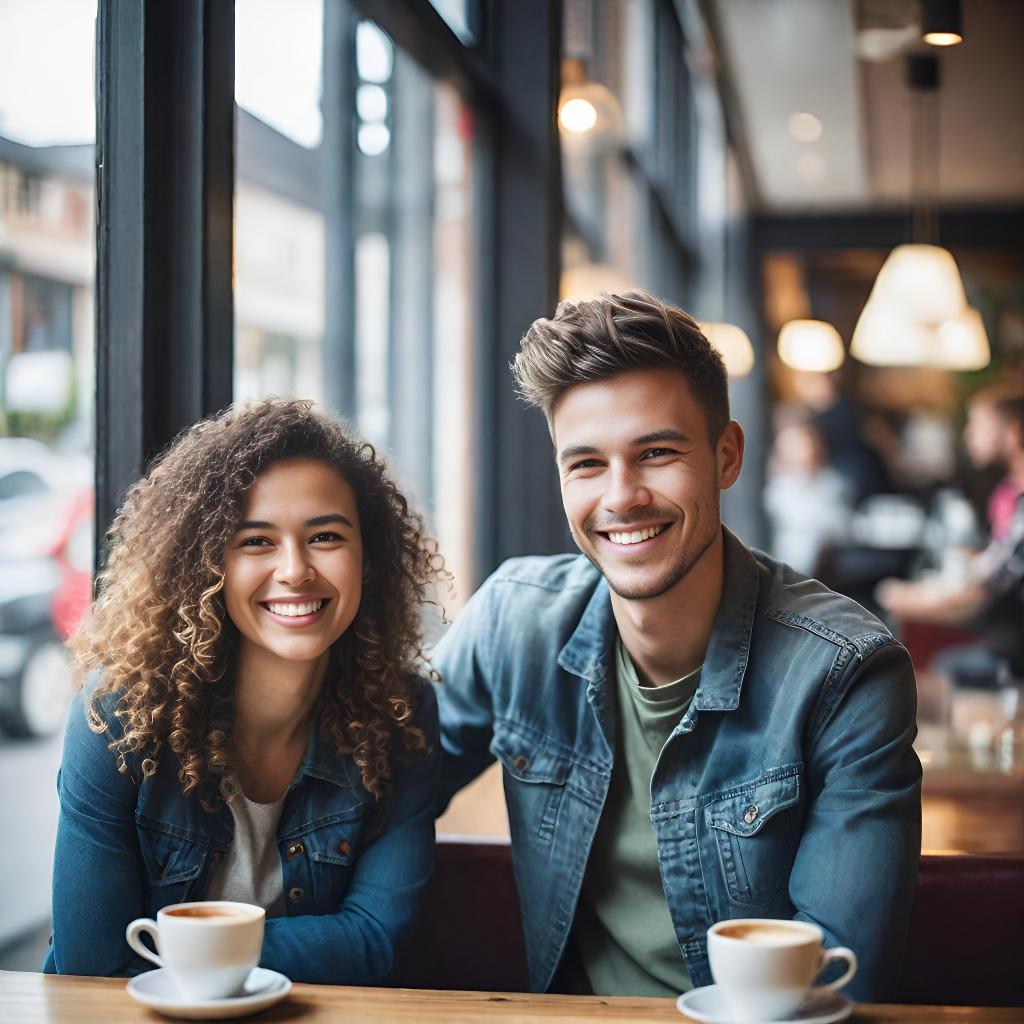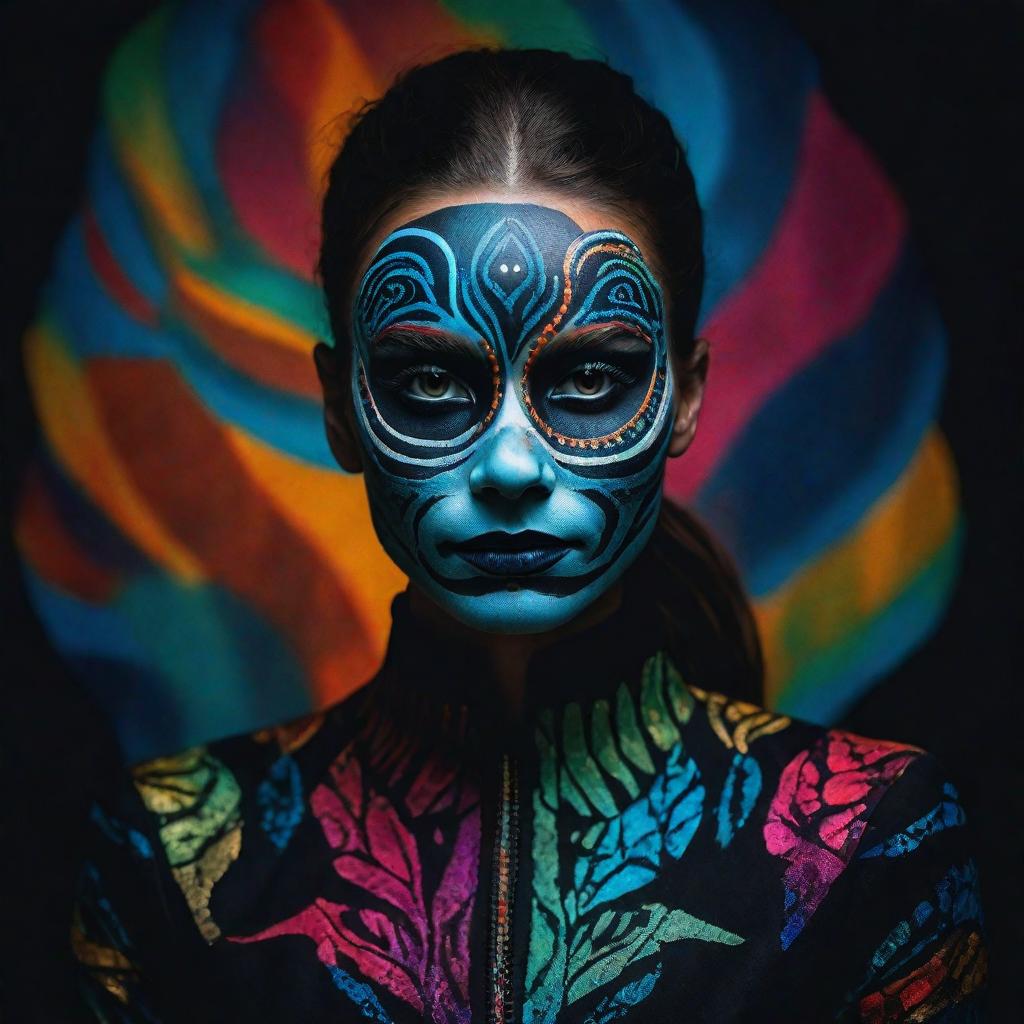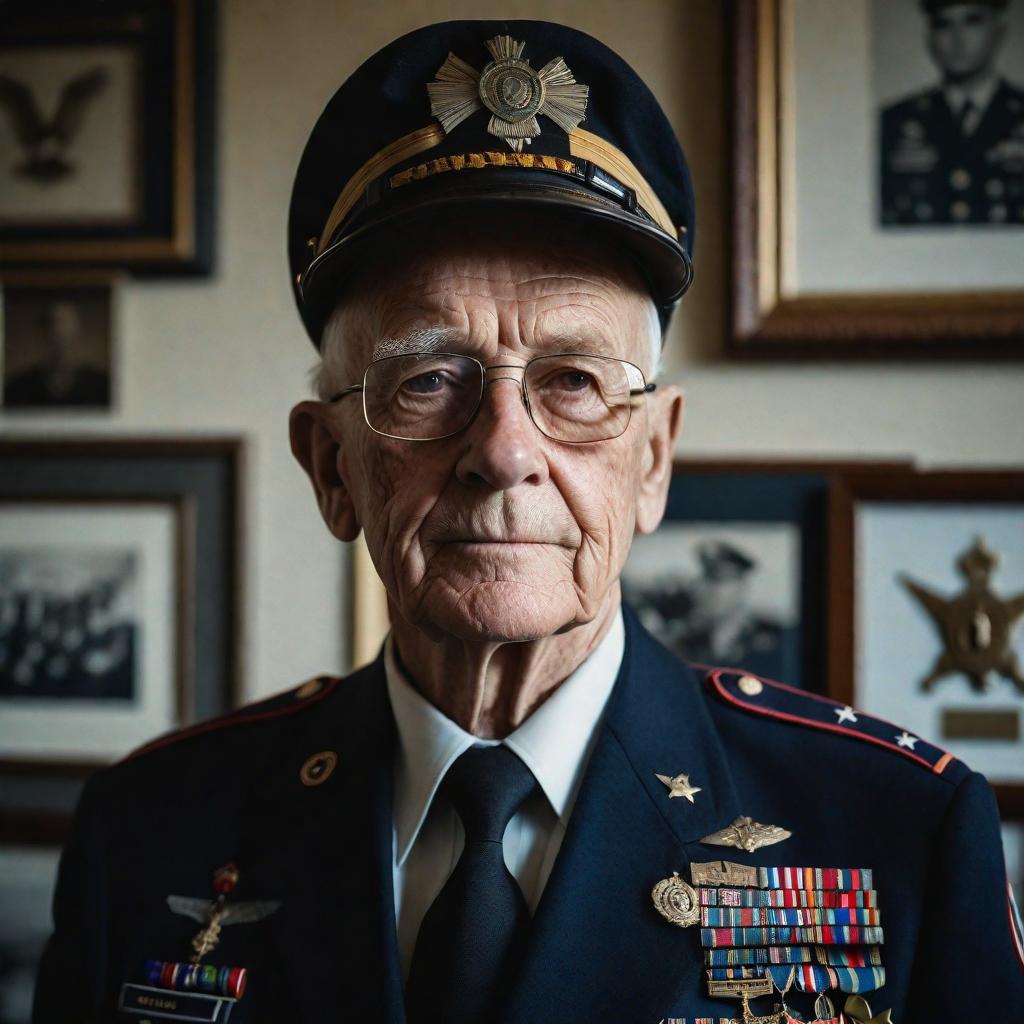Crafting Photorealistic Portraits Using Stable Diffusion XL (SDXL): Advanced Prompt Techniques
Discover the art of creating AI-generated, photorealistic portraits with our comprehensive guide. Learn how to blend traditional photography principles with advanced prompt techniques for mastering the creation of lifelike portrait images using Stable Diffusion.

In the ever-evolving world of digital art, Generative image models such as SDXL 1.o has marked a revolutionary leap forward, especially in the realm of photorealistic portraits. For artists, hobbyists, and AI enthusiasts alike, mastering the art of creating lifelike images using SDXL is both an exciting challenge and an opportunity to push the boundaries of creativity. Building on our previous guide Generating Photo-realistic Images with Stable Diffusion XL, in this blog we'll explore strategies that bring an unprecedented level of realism and depth to your digital portraits.
Understanding key Elements of Portrait Photography
Before we construct any prompts, let's first try to understand the principles that drive portrait photography. We will use these principles in constructing prompts to generate photorealistic portrait images with Stable Diffusion.
In portrait photography, lighting plays a crucial role in setting the mood and accentuating features. Natural light, particularly when soft and diffused, offers a flattering and authentic feel, gently highlighting facial contours. Artificial light, like a softbox, provides even, shadow-reducing illumination suitable for professional looks, while direct flash creates dramatic, high-contrast effects for modern portraits.
The choice of background significantly influences the portrait's focus and atmosphere. Simple, neutral-colored backgrounds ensure the subject remains the central point without distractions, ideal for classic portraits. Textured backgrounds, like brick walls or curtains, add depth and context without taking attention away from the subject.
Camera settings are pivotal for achieving the desired aesthetic. A wide aperture, such as f/1.8, blurs the background, drawing focus to the subject's eyes, perfect for creating depth. A fast shutter speed like 1/200th of a second freezes motion, ensuring clarity. ISO settings vary; a low ISO ensures high quality in bright conditions, while a high ISO is beneficial in low light despite the risk of noise.
Focal length choice can dramatically alter a portrait's perspective. A 50mm lens offers a natural, eye-like view with some background blur, versatile for various portraits. In contrast, an 85mm lens provides more background blur and facial feature compression, ideal for detailed close-ups.
Composition techniques, such as the rule of thirds, create balanced and engaging images by strategically placing the subject's eyes. Filling the frame emphasizes facial expressions and minimizes distractions, excellent for expressive portraits.
Pose and expression are key to conveying the subject's personality and the portrait's mood. Natural poses capture relaxed, authentic emotions, while guided poses are useful for specific moods or aesthetics.
Finally, post-processing adjustments like exposure correction, color balancing, and retouching enhance the final image's quality, ensuring a polished and natural look. These adjustments correct brightness, color fidelity, and remove imperfections, tailoring the image to the desired outcome.
We've created a handy cheat sheet to guide you in crafting prompts for generating photorealistic portrait images with SDXL.
| Element | Details | Example Input |
|---|---|---|
| Subject Description | Describe the subject (age, gender, notable features, clothing, etc.) | "Portrait of a young woman in a summer dress" |
| Lighting | - Natural Light: Specify direction/quality - Artificial Light: Specify type/effect |
"Natural light from the right creating a soft glow" |
| Background | - Simple: Plain or neutral-colored - Textured: Detailed background like brick wall, curtain, etc. |
"Blurred green garden" |
| Camera Settings | - Aperture: Wide/narrow - Shutter Speed: Fast/slow - ISO: Low/high |
"Wide aperture for background blur" |
| Focal Length | Specify preferred focal length | "50mm lens perspective" |
| Composition | - Rule of Thirds - Filling the Frame |
"Subject’s eyes aligned with the rule of thirds" |
| Pose and Expression | Describe the subject's pose and expression | "Sitting on a garden bench, smiling naturally" |
| Post-Processing | - Exposure Adjustment - Color Correction - Retouching |
"Slight exposure adjustment for brightness" |
| Mood/Atmosphere | Describe the overall mood or atmosphere | "Warm, cheerful atmosphere" |
Lets put together a Portrait Prompt Example:
"Portrait of a young woman in a summer dress, natural light from the right creating a soft glow. Background: blurred green garden, wide aperture. 50mm lens perspective, subject’s eyes aligned with the rule of thirds. Pose: sitting on a garden bench, smiling naturally. Warm, cheerful atmosphere, slight exposure adjustment for brightness"

We will be using Realvis XL, an SDXL checkpoint that excels in generating images which are very close to realism. In fact, with images generated by Realvis XL, it's hard to tell if they are AI-generated or real.
Classic Studio Portraits
These portraits are taken in a controlled studio setting with professional lighting and backdrops, focusing on capturing timeless and elegant images of the subject.


Environmental Portraits
These portraits capture individuals in their natural surroundings or work environments, highlighting their relationship with the setting and often telling a story about their life or occupation.


Lifestyle Portraits
Lifestyle portraits depict people in real-life events or milestones in an artistic manner, capturing candid moments and everyday situations.


Conceptual Portraits
These are creative and artistic portraits that often involve complex ideas, themes, and elaborate setups, aiming to convey a specific concept or narrative.


Street Portraits
Taken in outdoor urban settings, these portraits capture the essence of street life, often featuring candid and spontaneous shots of strangers or everyday city life.


Fine Art Portraits
These portraits are artistic and highly stylized, often focusing on aesthetic quality and creative expression, with the subject frequently serving as a component of a larger artistic vision.


Documentary Portraits
These are candid portraits that capture real-life events or situations with an aim to tell a story or document social and cultural issues.



Children's Portraits
These portraits capture the innocence, charm, and spontaneity of children, often focusing on natural expressions and moments of childhood.


Travel Portraits
Capturing people in various travel destinations, these portraits reflect the culture, ambiance, and essence of the place, often highlighting the experiences and emotions associated with travel.


Sports Portraits
These portray athletes or sporting events, focusing on capturing the intensity, motion, and spirit of sports and physical activities.


Pet Portraits
These portraits capture the personality and charm of pets, often highlighting the unique bond between the pet and its owner or showcasing the animal in its natural behavior.


Couple Portraits
These portraits can range from candid and spontaneous shots to more posed and stylized images, highlighting the couple's connection in diverse settings and contexts.


Conclusion
Wrapping up, we've taken a deep dive into the classic rules of portrait photography and seen how they translate into the world of AI with Stable Diffusion. It's been an eye-opening experience to see just how lifelike and realistic AI-generated images can be when we apply these time-honored principles. This journey has been a perfect blend of old-school technique and cutting-edge tech, showing us the incredible potential lying at the intersection of traditional photography and artificial intelligence.

